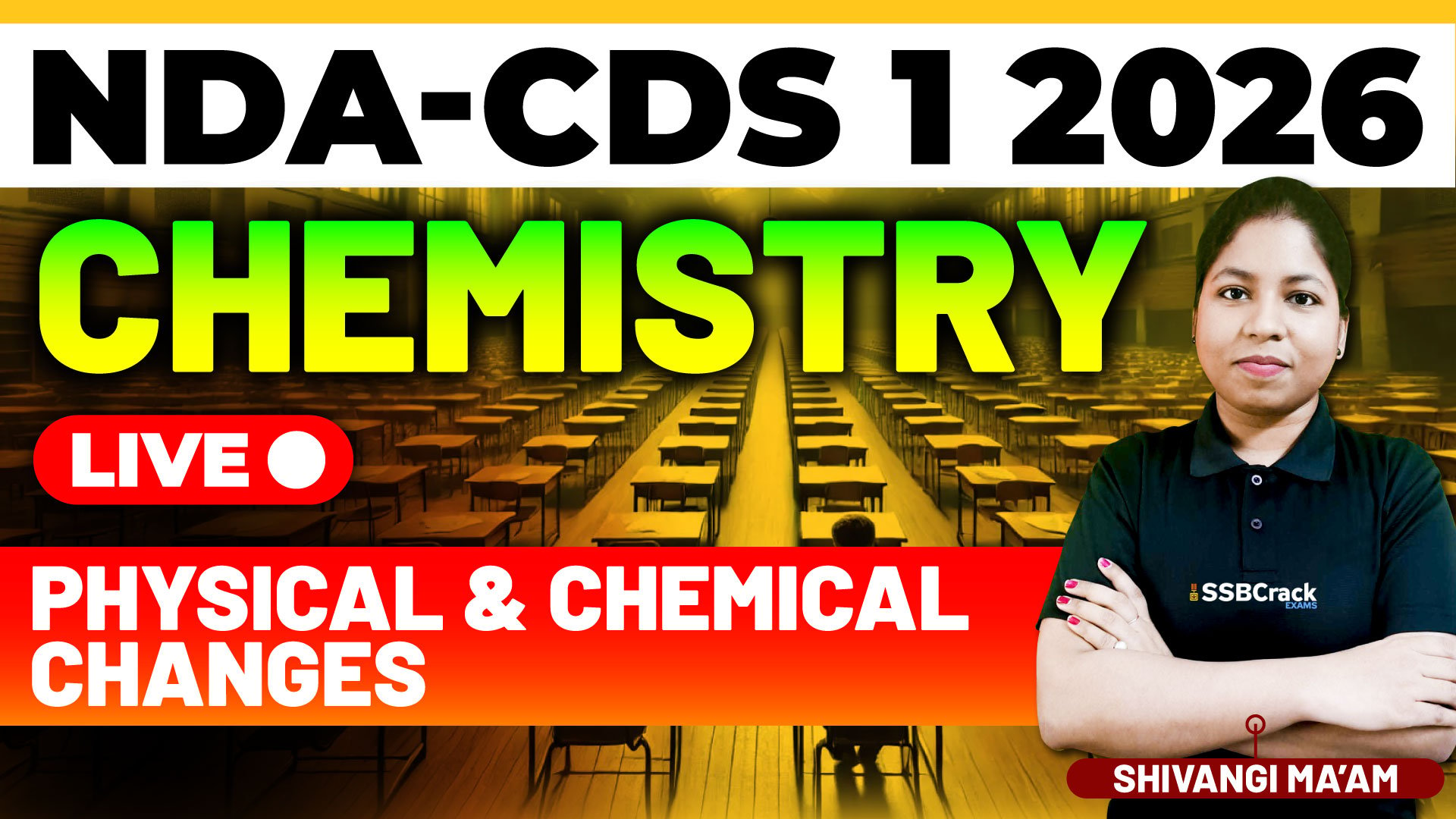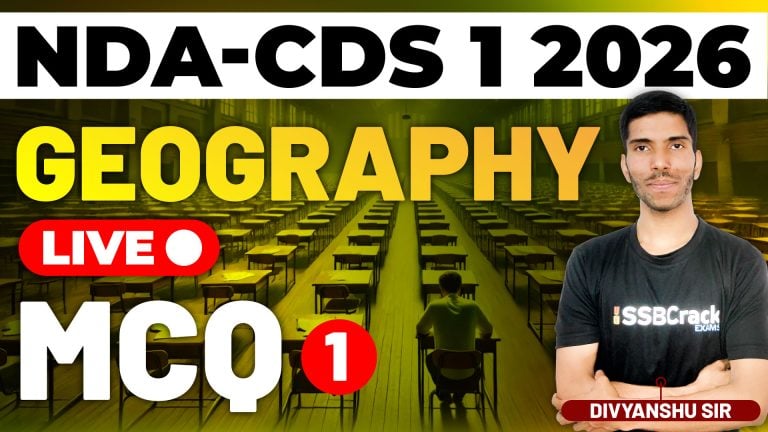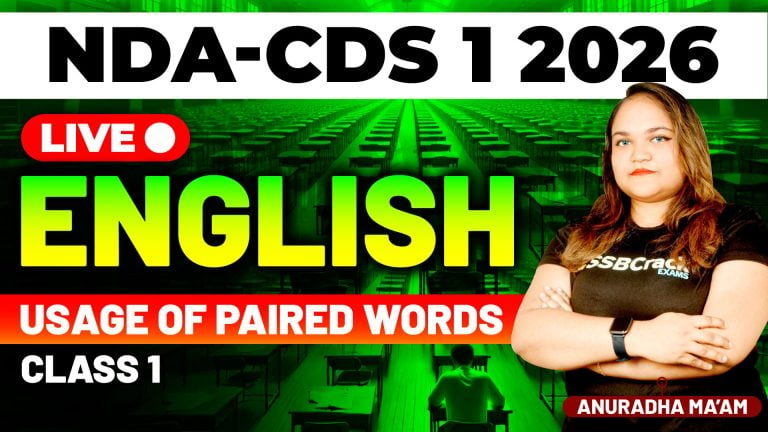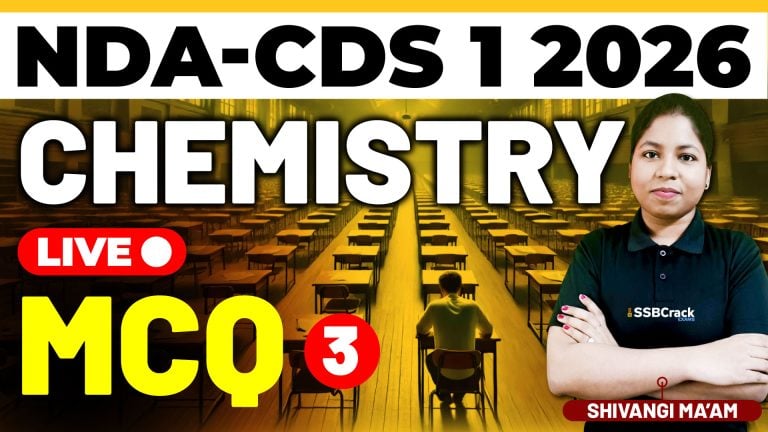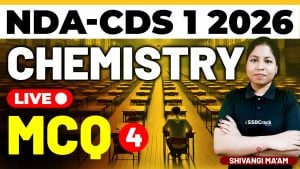Everything around us changes in some way—ice melts, paper is torn, food is cooked, and iron rusts.
In this chapter, students learn two main types of changes that happen in substances:
- Physical Changes
- Chemical Changes
Understanding these changes helps young learners observe the world scientifically and builds a foundation for higher-level chemistry concepts.
Subtopics to Cover
1. What is a Change?
- Meaning of change
- Examples from daily life (melting ice, breaking chalk, burning a candle)
2. Physical Changes
Characteristics:
- No new substance is formed
- Usually reversible
- Only shape, size, or state changes
Examples to teach: - Melting of ice
- Freezing of water
- Cutting paper
- Folding cloth
Demonstration idea: Show melting ice or dissolving sugar in water.
3. Chemical Changes
Characteristics:
- A new substance is formed
- Usually irreversible
- May involve color change, heat/light, or gas production
Examples: - Burning of paper
- Rusting of iron
- Cooking food
- Formation of curd from milk
Activity idea: Discuss how fruit ripens or how a candle burns (wax melts = physical change, but burning wick = chemical change).
4. Differences Between Physical and Chemical Changes
Simple table comparison:
- Reversible vs irreversible
- New substance formed or not
- Change in chemical composition
5. Importance of Understanding These Changes
- Helps understand natural processes
- Builds observation skills
- Prepares students for advanced science topics in higher classes
Conclusion
Physical and chemical changes occur all around us.
A physical change affects appearance only, while a chemical change creates something new.
By knowing the difference, students develop scientific thinking and curiosity. This chapter strengthens their fundamentals for future studies in chemistry and real-life applications.
A Few Lines About NDA CDS 1 2026 Exam
The NDA (National Defence Academy) and CDS (Combined Defence Services) Exams 2026 are competitive national-level exams conducted by the UPSC to recruit candidates for the Indian Armed Forces. NDA is for students after Class 12, while CDS is for graduates.
Building strong basics in subjects like Science, General Knowledge, and Mathematics from early classes helps students develop analytical and reasoning skills that are useful in preparing for such prestigious defence exams in the future.
